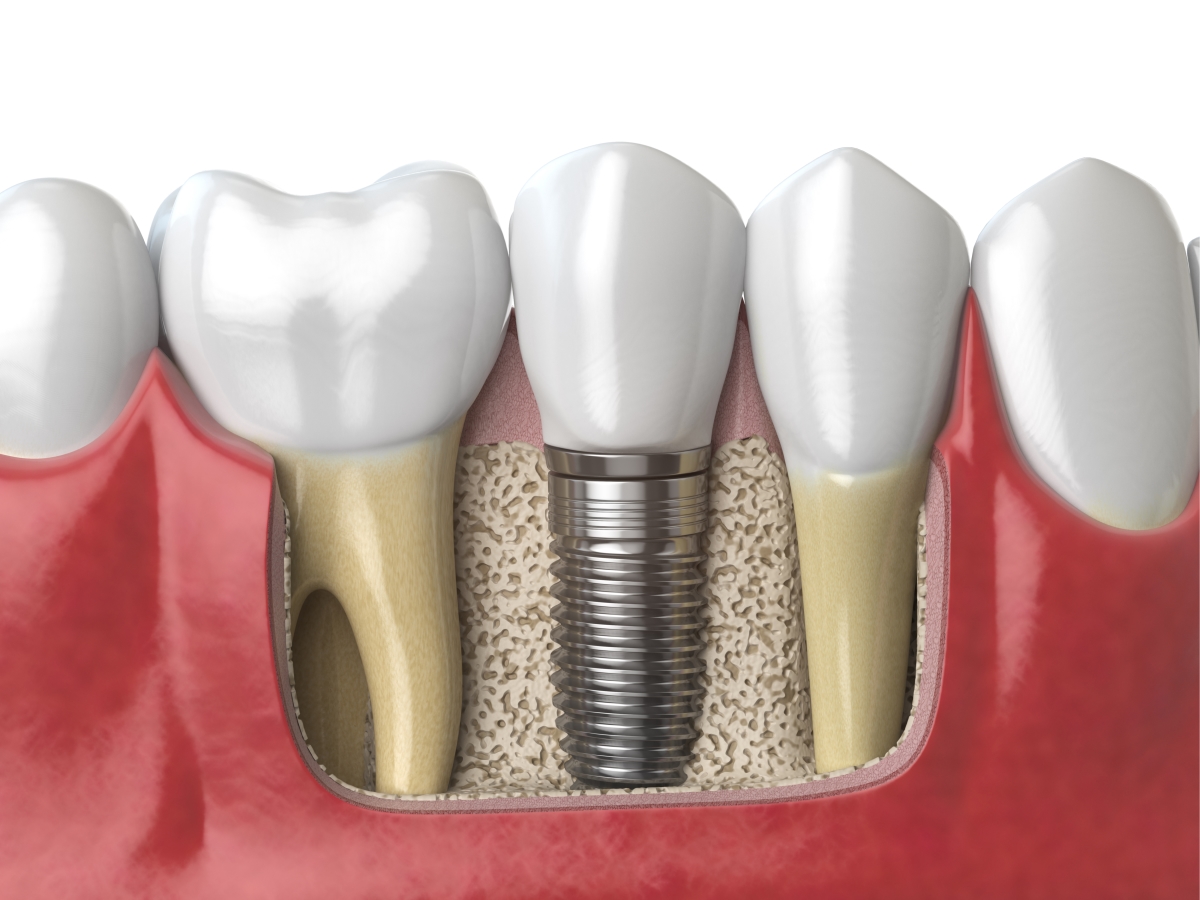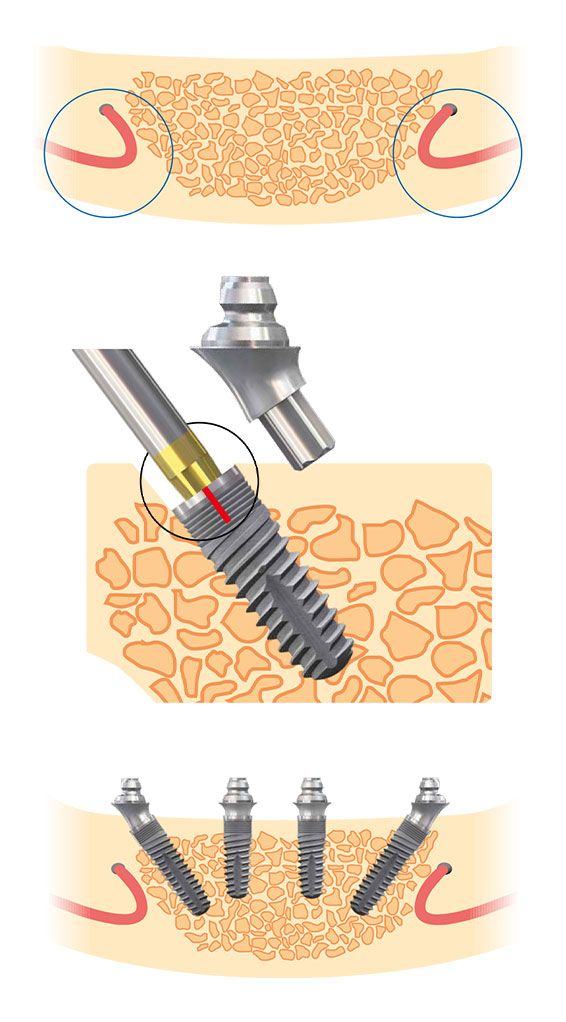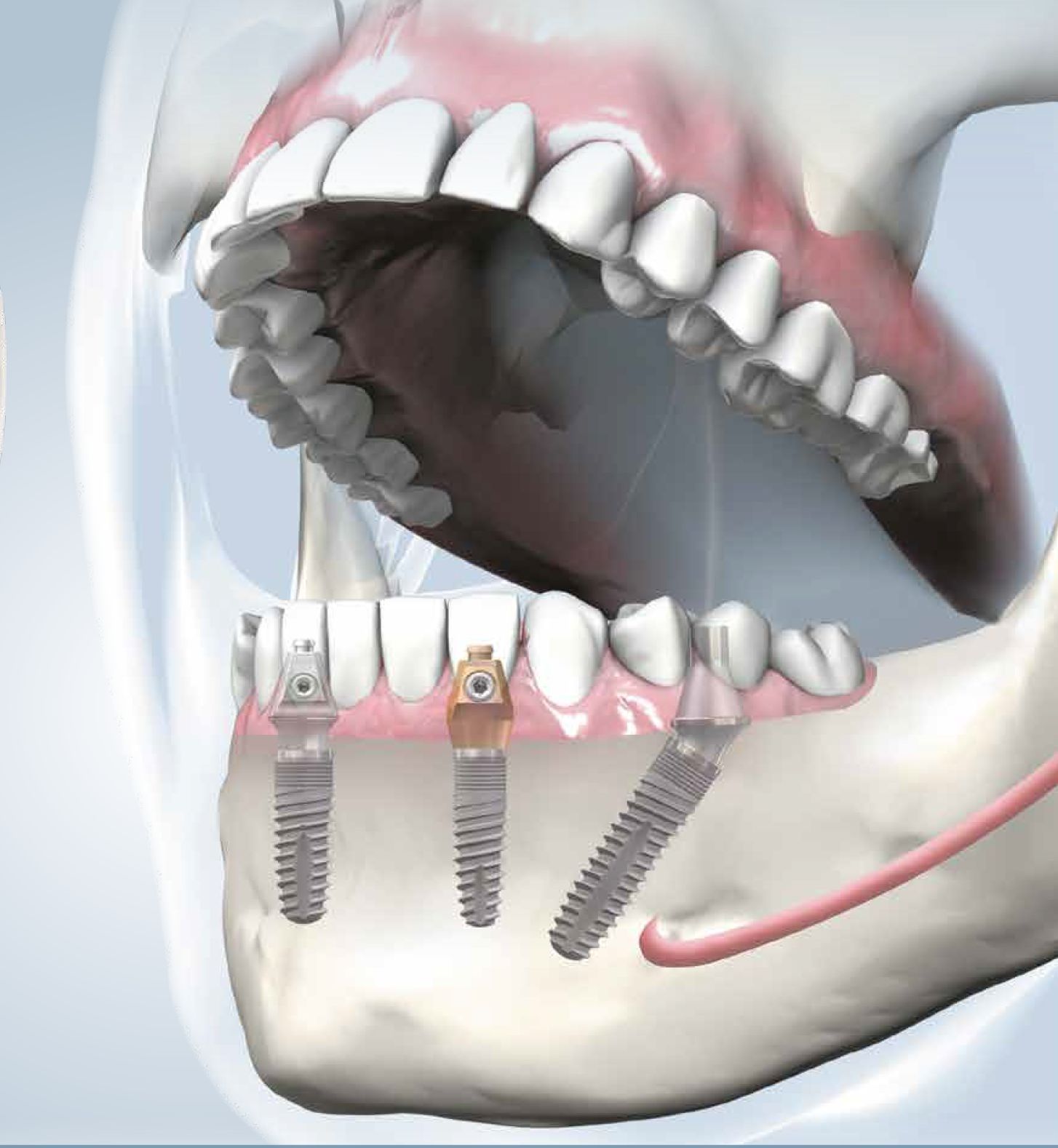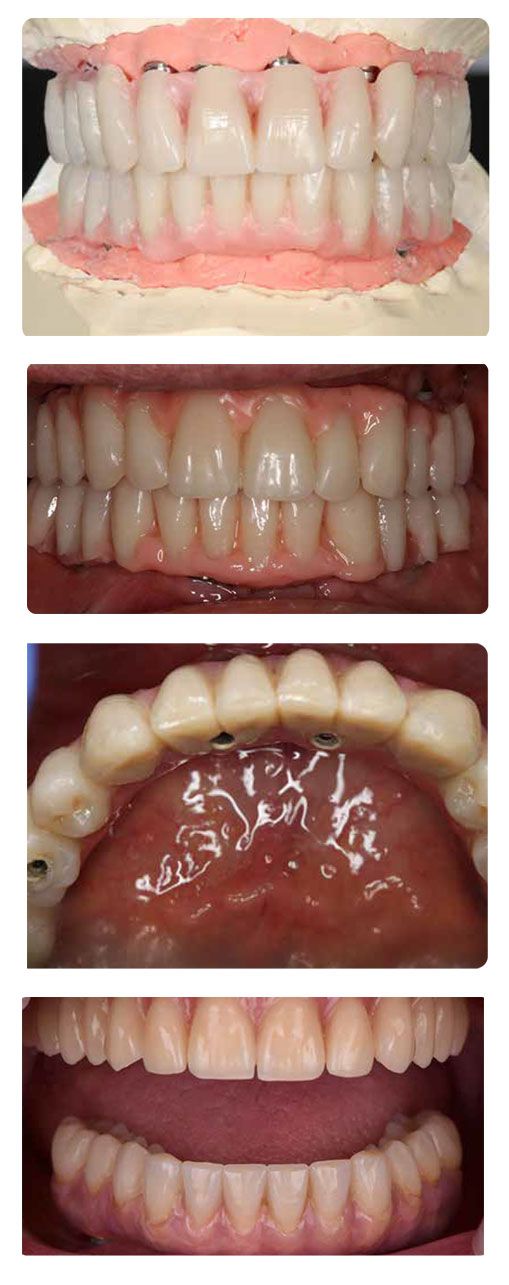+36 20 272 2691
Teeth gaps can usually be closed with a bridge made of crowns and pillars or with dental implants – simply put, with tooth replacements attached to the implants. Bridges are a cheaper solution, but can only be used as a replacement for dental arches. It largely depends on the size of the tooth gaps. Dental bridges are attached to adjacent teeth. These teeth are prepared and burnished by the dentist, which is not an advantageous solution in the case of healthy teeth. In contrast, implants protect adjacent teeth and also have a bone-protective effect. The reason for this is that the jawbone, like by a natural tooth root, is still stretched by a root – titanium root. Implants can also be used to close larger gaps for bridges or prostheses attached to implants. Implantsare placed under anesthesia or sedation. Dental implants are essentially artificial tooth roots. Tooth eplacements attached to the implant (crowns, bridges, prostheses) are visible parts of the therapy and titanium roots are not visible to the naked eye. As you can see, dental implants can be combined with a variety of dentures. Dr. Kinga Visegrády, a former dentist at a large Hungarian dental clinic, has extensive experience in the field of implant-based prostheses. Dentures are a complex procedure. Therefore, Windrose is designed so that the dental laboratory and the dentist are located in the same building, meaning the dentist and dental technician work very closely together. Examples for implants: 


